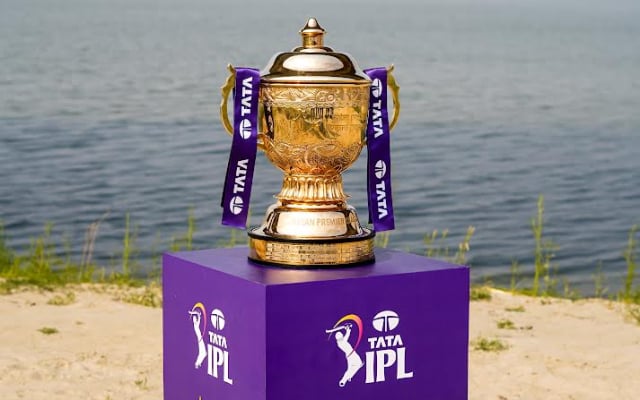Driver Had Been Planning Attack in Manhattan for Weeks, Police Say
 Caroline Ventura leaving
flowers on Wednesday near the bike path in Manhattan where a day earlier
a motorist killed
Caroline Ventura leaving
flowers on Wednesday near the bike path in Manhattan where a day earlier
a motorist killed
The driver who sped down a crowded bike path in Lower Manhattan
on Tuesday, killing eight people and injuring 11, had been planning the
attack for weeks and appeared to have connections to people who were
the subjects of terrorism investigations, police officials said on Wednesday.
As counterterrorism investigators drilled into whether the attacker, identified by officials as Sayfullo Saipov,
had meaningful ties to terrorist organizations, it also became clear
that some of those close to the attacker had feared for years that he
was heading down the path of extremism.
Mr. Saipov, 29, rented a pickup truck from a Home Depot in New Jersey
before driving onto a bike path, crashing into a school bus, jumping
out with a pellet gun and paintball gun and shouting “Allahu akbar,”
Arabic for “God is great,” the authorities said. Near the truck was a
handwritten note with a few lines of Arabic indicating allegiance to the
Islamic State, law enforcement officials said.
Trail of Terror in the Manhattan Truck Attack
Diagrams showing what was hit along the route of the attack.

As
investigators looked into Mr. Saipov’s history, they discovered that he
had been on the radar of federal authorities. Law enforcement officials
said Mr. Saipov, who is from Uzbekistan, had come to the federal
authorities’ attention after coming into contact with an Uzbek who was
under investigation by terrorism investigators in New York.
“We will not be cowed,” Mayor Bill de Blasio said at a news conference on Wednesday.
Mr.
Saipov came to the United States in 2010 and was a legal permanent
resident. He drew concerns at a mosque in Tampa that he attended before
moving to New Jersey.
A
preacher at the mosque, Abdula, who agreed to speak on the condition
that only his first name be used because he feared reprisals from other
radicals, said he tried to steer Mr. Saipov away from the path of
extremism.
“I
used to tell him, ‘Hey, you are too much emotional,’” Abdula said.
“‘Read books more. Learn your religion first,’ He did not learn religion
properly. That’s the main disease in the Muslim community.”
He added, “I never thought that he would go to this extreme.”
Abdula
said he met Mr. Saipov on a visit to Ohio, where Mr. Saipov lived soon
after he arrived in the United States. He attended Mr. Saipov’s wedding
and said he even worked for a time as a dispatcher in a trucking company
that Mr. Saipov owned.
Mr.
Saipov moved to Florida in the summer of 2015, Abdula said. He
struggled to find regular work there, sometimes going one or two months
without a job. When things went smoothly, he could be a kind person. But
he was prone to explosions of anger.
“He had a character problem,” he said.
Abdula
recalled Mr. Saipov getting emotional over issues related to the Muslim
community. He said Mr. Saipov was devoted to outward observances of
Islam, like his beard, but not necessarily the substance. Abdula said he
never spoke of committing violence.
“I didn’t hear him talking about killing people,” Abdula said.
Mr. Saipov moved to New Jersey
in March to be closer to his wife’s family. She was due to have their
third child, his first son, who was born sometime in the summer,
probably July, Abdula said.
“He was hoping to have a son for a long time,” Abdula said. “I would never think that he would do this kind of thing.”











